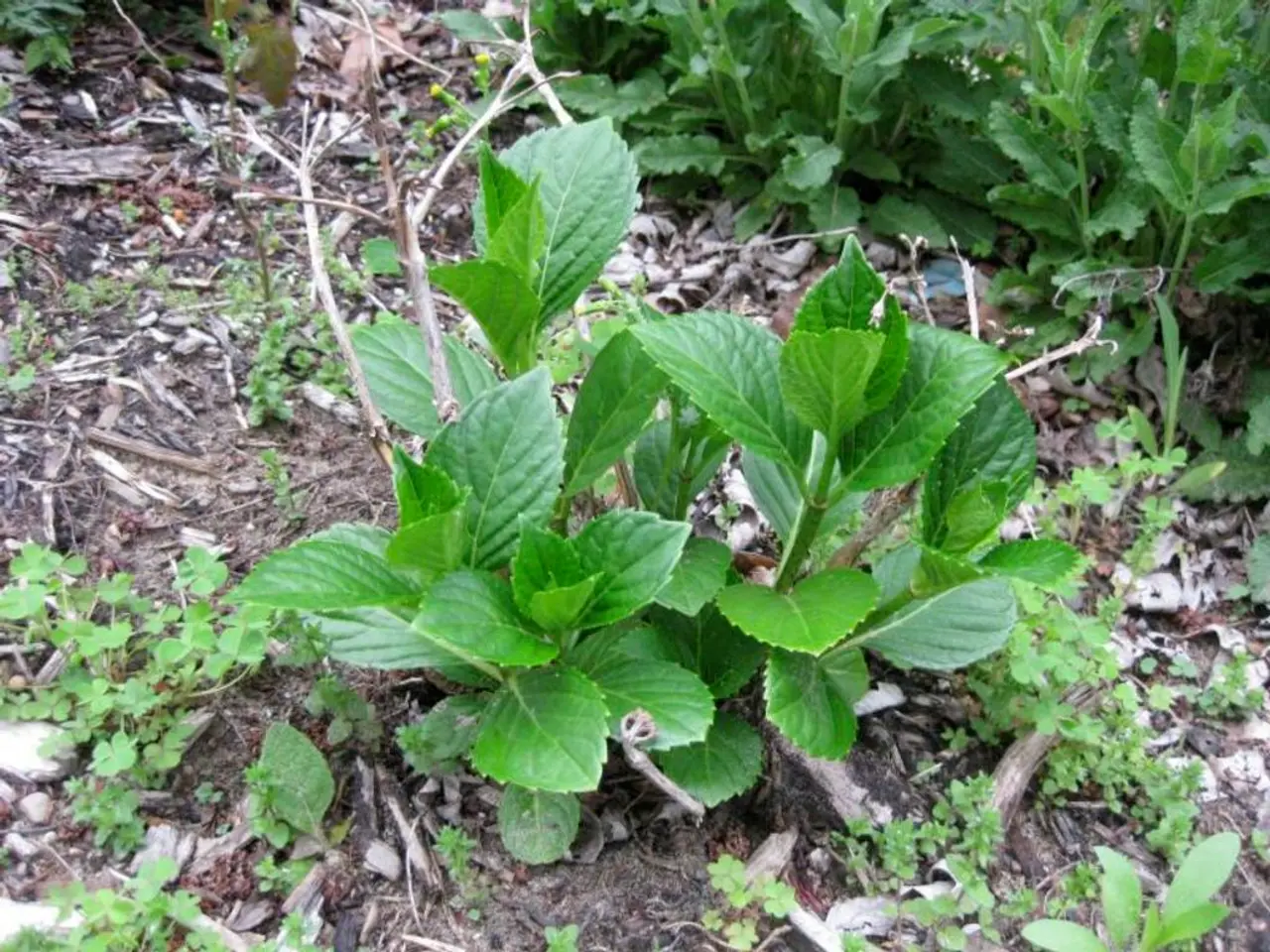Cultivating an Indoor Herb Garden: Unleash Your Green Thumb and Reap the Best Results Possible
Growing an indoor kitchen herb garden can be a rewarding and convenient way to add fresh flavors to your meals, save time, and money on grocery store trips. In this article, we'll provide some practical tips and guidelines to help you get started.
Herbs are low maintenance and easy to grow, making them perfect for beginners. They can also inspire new recipes as you experiment with different flavors and combinations.
When it comes to starting your herb garden, you have two main options: seeds or seedlings (starter plants). Buying seedlings will give you plants ready to use instantly, but seeds offer a bigger choice of herb varieties and can be less expensive in the long run. However, growing from seeds requires time (30 to 60 days) and dedication, while seedlings offer a 4- to 8-week head start.
When choosing a potting mix for your indoor herb garden, avoid those that advertise to hold on to excess moisture, and never use garden soil for potted plants. General-purpose potting mix is suitable for indoor herb gardens, as it is well-draining while retaining enough moisture. It's also important to make sure containers have drainage holes to prevent root rot.
Indoor herb gardens can be grown in various containers, such as ceramic or plastic pots, or upcycled containers like yogurt pots or milk cartons. To avoid overwatering, check the top 2 inches of soil in each herb's pot before watering.
Each herb has its own specific watering needs, so it's important to check them on an individual basis rather than watering everything on a schedule. For example, Oregano grows best in bright light with at least 6 to 8 hours of sunlight per day, while Mint prefers indirect light for around 3 to 4 hours a day. Rosemary requires at least 6 hours of full sunlight each day, and Dill needs at least 5 hours of direct sunlight.
Some herbs, like mint, don't do well being moved (transplanted), so it's important to consider this factor when deciding between seeds or seedlings. If the soil is dry, it's safe to water the plant. However, too much water can lead to soggy soil and root rot.
For those who are new to gardening, herb kits can be a great starting point. These kits include everything needed and are curated to include herbs that grow well together and have complementary culinary uses. It's also a good idea to ask a garden center for advice on starting a specific herb, as it will vary from herb to herb.
Many herbs offer additional health benefits beyond their culinary uses. For example, Oregano may help protect against infections due to its antibacterial and antiviral properties, and Mint is a digestive aid due to its antispasmodic properties. Rosemary is a hearty plant that does well in different climates, including indoors. Dill is rich in antioxidants, and Tarragon may help lower blood sugar and blood pressure in certain people.
In Germany, seeds for building an indoor kitchen garden are typically delivered by mail or courier services directly to the customer's address. With a little dedication and some practical knowledge, you can grow your own indoor kitchen herb garden and enjoy the fresh flavors and potential health benefits of these versatile plants. Happy gardening!
Read also:
- Budget cuts at federal and state levels jeopardize advancements in fighting HIV and AIDS within Dallas County
- Strategies for Maintaining and Boosting Physical Activity as You Grow Older
- Understanding Prediabetes: A Precursory Condition to Diabetes
- Strategies for Strengthening a Nigerian Infant's Immune System




